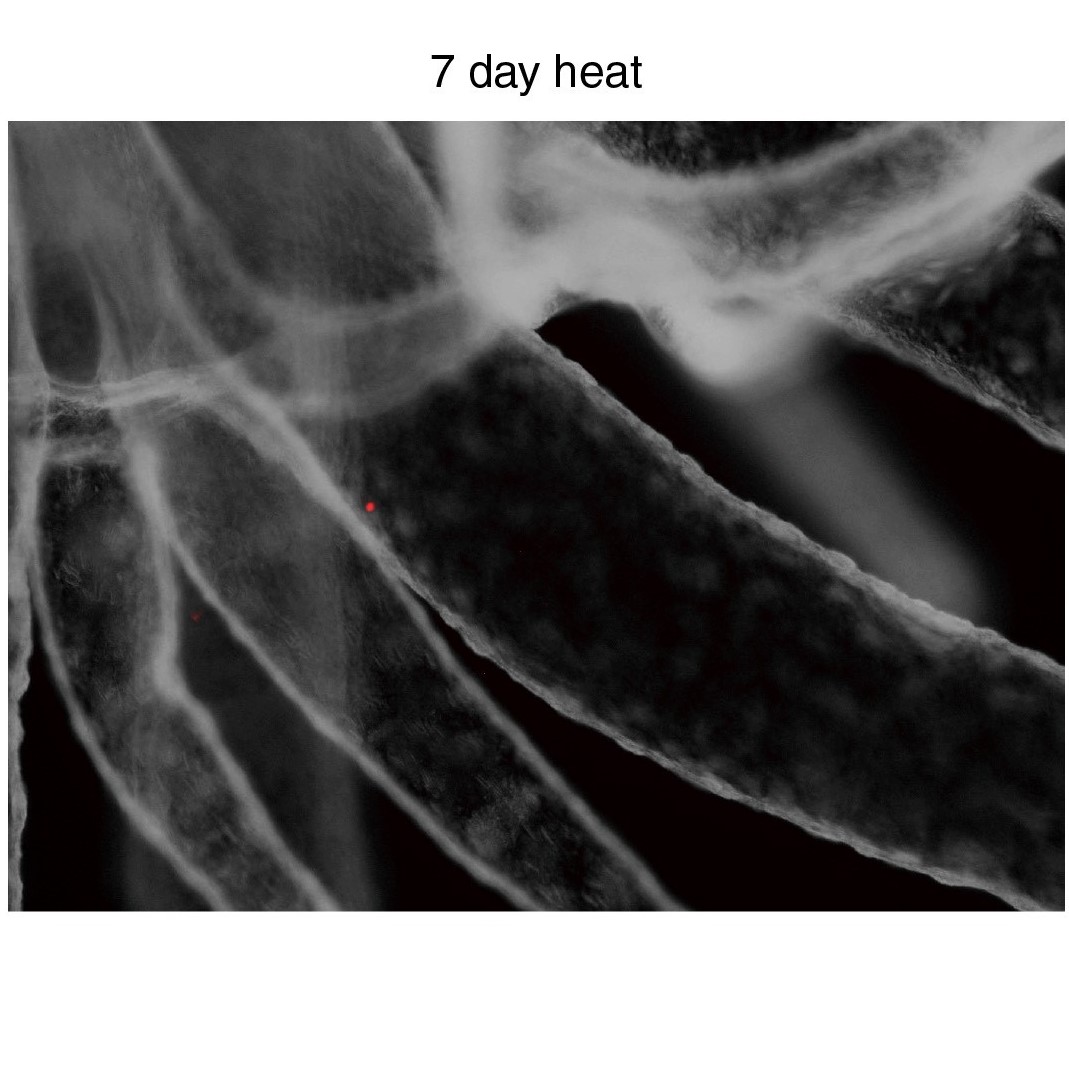Paper Published in Microbiology Spectrum Explores Heat Stress in Cnidarian-Agal Interaction
Published: Monday, June 6, 2022
Congratulations to the Loesgen Lab for their contributions to a recent paper entitled, "Heat Stress of Algal Partner Hinders Colonization Success and Alters the Algal Cell Surface Glycome in a Cnidarian-Algal Symbiosis" published in Microbiology Spectrum that has implications of ocean warming on corals.
Abstract
Corals owe their ecological success to their symbiotic relationship with dinoflagellate algae (family Symbiodiniaceae). While the negative effects of heat stress on this symbiosis are well studied, how heat stress affects the onset of symbiosis and symbiont specificity is less explored. In this work, we used the model sea anemone, Exaiptasia diaphana (commonly referred to as Aiptasia), and its native symbiont, Breviolum minutum, to study the effects of heat stress on the colonization of Aiptasia by algae and the algal cell-surface glycome. Heat stress caused a decrease in the colonization of Aiptasia by algae that were not due to confounding variables such as algal motility or oxidative stress. With mass spectrometric analysis and lectin staining, a thermally induced enrichment of glycans previously found to be associated with free-living strains of algae (high-mannoside glycans) and a concomitant reduction in glycans putatively associated with symbiotic strains of algae (galactosylated glycans) were identified. Differential enrichment of specific sialic acid glycans was also identified, although their role in this symbiosis remains unclear. We also discuss the methods used to analyze the cell-surface glycome of algae, evaluate current limitations, and provide suggestions for future work in algal-coral glycobiology. Overall, this study provided insight into how stress may affect the symbiosis between cnidarians and their algal symbionts by altering the glycome of the symbiodinian partner.
Full Paper
 The Whitney Laboratory for Marine Bioscience
The Whitney Laboratory for Marine Bioscience
